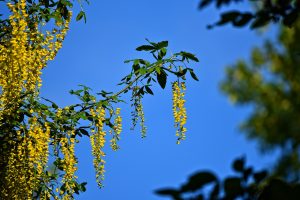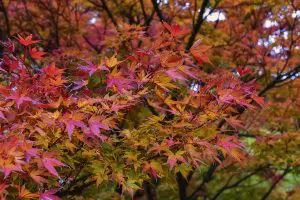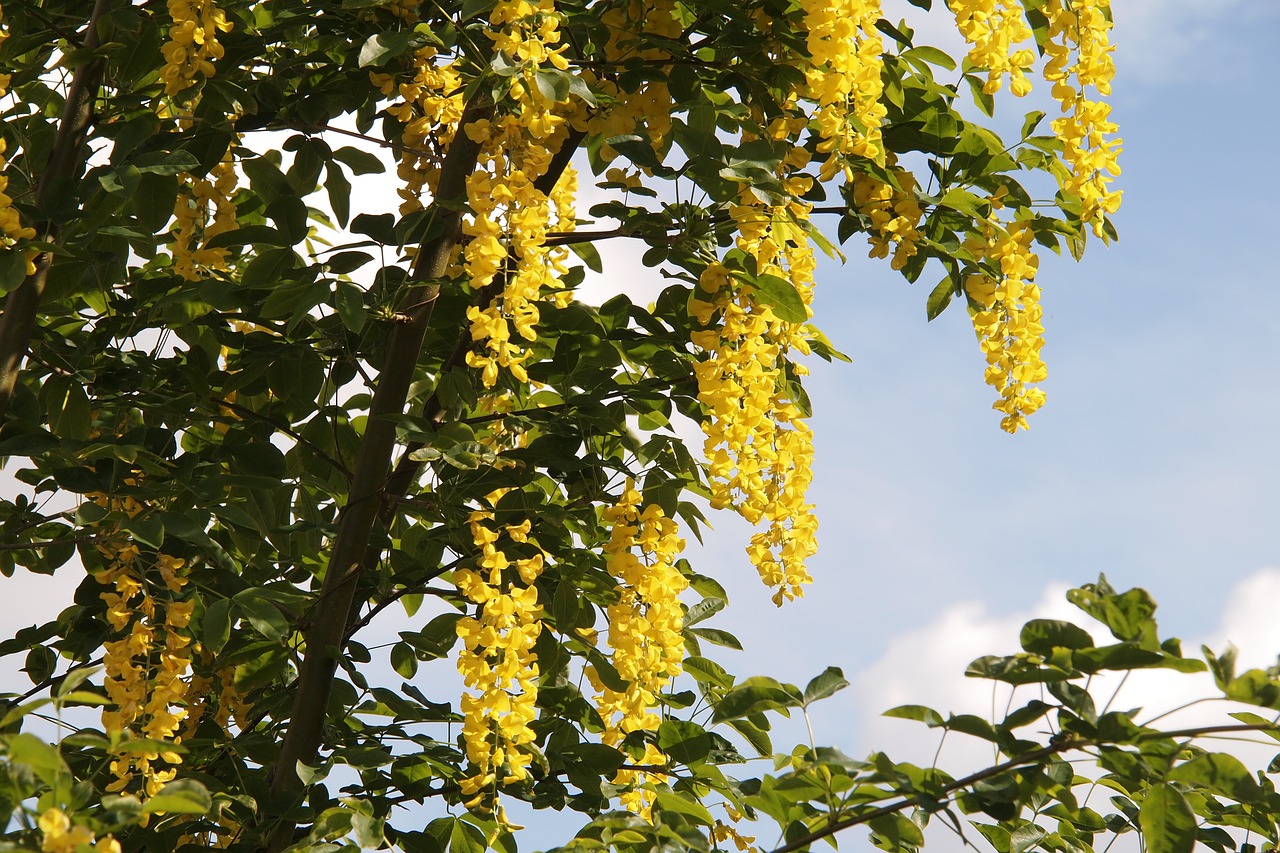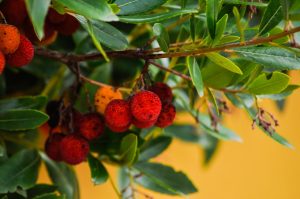Last Updated on April 5, 2024 by Real Men Sow
There are plenty of small trees for pots and containers. You must first choose the right trees to plant in your pots. Once you have chosen the trees that you like, you need to find containers that will fit the style of your garden and hold the root balls of the tree.
How To Plant Small Trees For Pots
A small tree should not be placed in a large container. Instead, if the tree is less than two years old, you can pot it and then increase the size of the containers until it reaches the desired container size. Make sure that each tree and its subsequent container has enough drainage holes. For example, if you purchase plastic or wood containers you can drill additional drainage holes at the bottom to ensure root rot does not affect your tree.
What Is The Best Material Move Small Trees For Pots
Plastics that are lighter in weight are best for moving trees. They also retain moisture better, but can be more fragile. Make sure to choose plastic pots made of quality materials. There are many options for metal pots, stone pots and wood pots. But be careful with terracotta pots. Terracotta is great for providing stability, especially in areas with windy weather. However, they are porous and can dry faster so you may have to move them. For extra stability, choose a large pot.
9 Small Trees For Pots
Laburnum alpinum ‘Pendulum’
The leaves will fall in Autumn, but you can still enjoy the new foliage every spring. It thrives in full sun and well-drained soil. This tree is fast-growing and will eventually reach a height of at least 2 meters. It can also spread to a greater extent than others. However, it can be controlled by being planted in pots. This tree spreads and produces weeping branches. Each branch cascades away from the main upright stem. This makes it ideal for smaller pots and patios. It is known for its yellow-golden flowers that appear to drip from the branches, creating a very bright effect in spring. Because it is not fond of being overgrown, this plant is best kept as a specimen tree. This plant doesn’t need a lot of pruning, but it is worth the effort.
Salix caprea ‘Kilmarnock’ (Pussy willow)
This tree has an umbrella-shaped shape and is elegant and graceful. This beautiful texture adds a unique touch to any garden. You can see the buds of pussy willows turn from a bright yellow to a grey shade every spring. You can also cut the stems of these buds to create texture and winter flower arrangements.
The tree grows slowly and can reach a height of up to 2.5m. Regular watering is required in full sun. It has a distinctive weeping habit that makes it ideal for landscape use. You can grow it next to a water feature or as an accent in a romantic cottage garden. We will tell you that most of the plants are sold as standard. This means that the main plant has been grafted into another branch. They will continue to bush out at their current height, which is great for those who don’t want trees that grow too high.
Albizia julibrissin ‘Summer Chocolate’ (Mimosa tree)
Although the mimosa tree can be a fast-growing deciduous tree for your garden, it is also a beautiful tree. It will grow into an umbrella-shaped canopy, with fern-like leaves that take on a bronze-green appearance. The foliage begins in spring with a brownish-green colour and then turns chocolatey by the summer. The leaves will be adorned with tiny, pink flowers at the end of the summer.
This tree requires full sun and regular watering. It is extremely heat-tolerant, so it is ideal for areas with hotter climates. It will reach maturity at approximately 7 meters high and 5 meters wide. However, pots can grow much smaller.
Arbutus unedo Tree (Strawberry tree)
Strawberry trees are slow-growing and can grow in either full sun or partial shadow. The strawberry tree needs acidic soil, so it should be planted in soil-based ericaceous soil such as John Innes. This tree is great for those who live in areas that are windy. Once established, it can tolerate drought to a certain degree. However, as with all potted trees, it needs to be watered regularly. The ornamental tree is considered to be evergreen as it produces leaves all year. It will grow to a height of 3-6 meters when mature and spread the same amount. It is slow to grow, making it ideal for pots.
Between October and December, the tree blossoms with panicles of urn-shaped blooms. This happens when there is no other flowering. Most trees have also lost their leaves. These flowers come in a variety of colors, from white to pink. These flowers can be eaten, but they are often used to preserve wine, and liquor.
Prunus ‘Kiku-shidare-zakura’ (Cheals weeping cherry tree)
This deciduous tree, also called a flowering cherry, has graceful arching branches which are beautiful on their own but become encrusted with two richly pink roses. The blossoms measure approximately 3.5 cm in diameter and contain 125 tiny, elliptical flowers. This is how you get the powder puffy look. You will find clusters of blooms along each branch that create a stunning display.
They start in a bronze color and mature into a brighter shade. This creates a dense canopy that covers everything below. The copper bark, which is the peeling layer of the tree trunk, is exposed throughout winter. This ensures that the leaves are always beautiful and can be enjoyed year round. Trees that are perfect for pots and containers.
Salix integra ‘Hakuro-Nishiki’ Tree (Flamingo tree)
This tree’s bright and showy colours will overwhelm you. It is compact, but has variegated leaves that grow upward. The springtime lanced-shaped leaves turn pink, then become creamy white and finally green. They turn yellow in the autumn and fall to the ground, revealing bright coral-red stems. All year, the length of the branches is coral red. It will grow to approximately 4 to 6 feet in height at full maturity. This makes it ideal for pots.
 Acer Palmatum (Japanese maple)
Acer Palmatum (Japanese maple)
The stunning reddish-purple or green colour of the Japanese maple tree is what makes it so popular. You won’t have any problems with rabbits once your Japanese maple is planted.
The tree prefers moist, slightly acidic soil that is well-drained. The tree prefers afternoon shade, and should be protected from cold winds. The new leaves can get burned if they are exposed to too much sunlight in the afternoon.
The small tree can reach 3 to 5 meters in height. Some varieties grow upright, while others arch more. The palmate takes on a round shape with low branches. Two lobes make up the palmate. In spring, you’ll see tiny reddish-purple blooms. They are beautiful up close, but they are difficult to see from far away. The most appealing thing about this plant is its leaves. The tree is resistant to most insects and diseases, so it is easy to maintain. However, aphids may sometimes take a liking to the young shoots.
Magnolia ‘Susan’ Tree
This slow-growing tree produces fragrant purple flowers. Magnolias are very large and take on a goblet-like shape. The tree blooms in spring, but it can also bloom intermittently thereafter. Its leaves remain richly green and turn a golden yellow in Autumn. This tree is a great specimen tree to add to your garden.
It grows upright and compactly and can reach a height of approximately 3m. At full maturity, it can grow to a width of between 2 and 4m. It loves light shade and prefers acidic soil. Magnolias can adapt to any type of soil, provided it is well-drained.
Bay Trees (Laurus nobilis)
The conical, slender tree takes on a small form. We have seen the topiary version. It has dark green leaves that are highly aromatic and can be used for culinary seasonings. It can be grown in containers, and once established it is very drought-tolerant. You can also cut it into topiary forms or use it in troughs to form a formal hedge, as shown above.
Planting and Care Small Trees For Pots
Once you have picked your small tree from this list make sure you know what type of compost is best. Most of these trees thrive in loam-based compost that gives it a heavy or stability so this means using a John Innes soil-based compost. Acid loving trees should use ericaceous compost which is very important.
Once you plant your small trees for pots they will dry out a lot faster compared to the trees you may or may not have grown in the ground so you need to accommodate that with regular waterings. You may require several waterings in order to make sure that all of the compost is properly moistened from top to bottom when you first plant them.
What Problems Can Affect Small Trees In Pots
With small trees, the overhanging foliage sometimes blocks the compost from access to Natural rainfall so even if it’s a very wet season the compost could dry out if you don’t tend to it properly so always keep an eye on the watering. And every spring you should tend to your trees by adding a fresh layer of compost on top after you scrape away the top few inches of the old compost. When you add the new compost to your trees, mix in some slow-release fertiliser on an annual basis.
If you have a very exposed garden you will need to protect your small trees during the winter and you can wrap them with material like hessian or frost fleece, this is especially trying for bay trees. It’s also worth considering growing them in a sheltered position to avoid them getting blown over which can break the pots.



